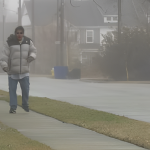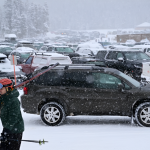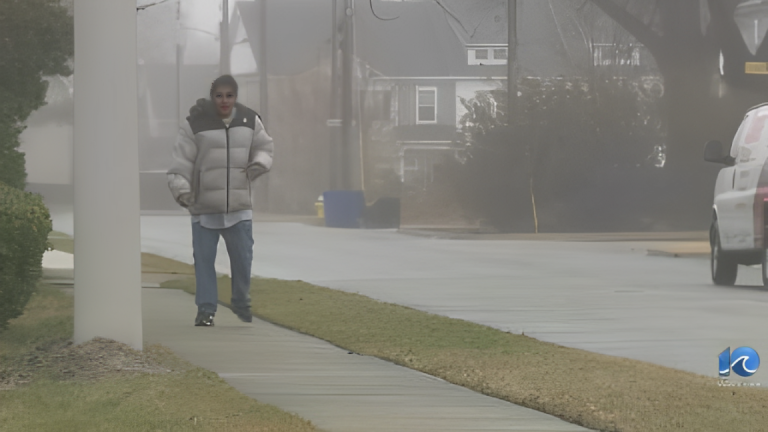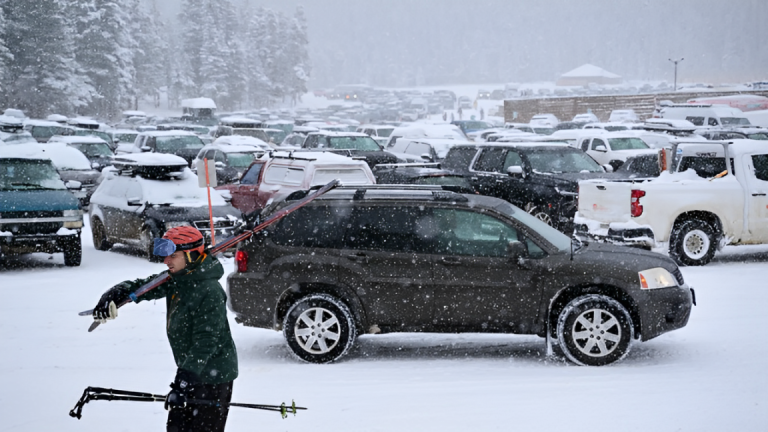Navigating the roads of New Mexico requires a clear understanding of the state’s right-of-way laws. These regulations are designed to ensure the safety of all road users, including drivers, pedestrians, and cyclists.
This article provides an in-depth look at New Mexico’s right-of-way laws, offering guidance on how to adhere to them and the potential consequences of violations.
Understanding Right-of-Way
In traffic law, the term “right-of-way” refers to the legal right to proceed forward in a vehicle or as a pedestrian before others in specific situations.
It’s important to note that right-of-way is not an automatic entitlement; rather, it must be yielded by others.
All road users are obligated to exercise caution and prioritize safety, ensuring they yield the right-of-way when necessary to prevent accidents.
Right-of-Way at Intersections
Intersections are common sites for confusion regarding right-of-way. In New Mexico, the rules are as follows:
- Uncontrolled Intersections: At intersections without traffic signals or signs, if two vehicles arrive simultaneously, the driver on the left must yield to the driver on the right. This rule helps prevent collisions and ensures a smooth flow of traffic.
- Stop Signs: Drivers approaching a stop sign must come to a complete stop and yield to any vehicle that has already entered the intersection from another road or is approaching closely enough to pose an immediate hazard. Essentially, the first vehicle to arrive and stop at the intersection has the right-of-way. If two vehicles arrive simultaneously, the vehicle on the right proceeds first.
- Four-Way Stops: At a four-way stop, the first vehicle to arrive and stop has the right-of-way. If multiple vehicles arrive simultaneously, the vehicle on the right proceeds first. If two vehicles face each other and both arrive at the same time, the vehicle making a left turn should yield to the vehicle going straight or turning right.
Pedestrian Right-of-Way
Pedestrian safety is a significant concern in New Mexico. State law mandates that drivers must yield the right-of-way to pedestrians in crosswalks.
This applies to both marked and unmarked crosswalks at intersections. Drivers are required to come to a complete stop when pedestrians are crossing or waiting to cross.
Additionally, even when pedestrians are not at a crosswalk, drivers must yield to them. Drivers must remain vigilant, especially in areas with high foot traffic, to prevent accidents and ensure pedestrian safety.
Right-of-Way for Emergency Vehicles
When an emergency vehicle with active sirens or flashing lights approaches, drivers are required to yield the right-of-way.
This typically involves pulling over to the right side of the road and stopping until the emergency vehicle has passed. Failure to do so can result in significant penalties and endanger lives.
Penalties for Violations
Adhering to right-of-way laws is not only a legal obligation but also a critical component of road safety. In New Mexico, failing to yield the right-of-way can result in fines and legal costs totaling $80.
Additionally, three demerit points will be added to the driver’s license. Failing to yield to an emergency vehicle carries a steeper penalty of four demerit points.
Accumulating demerit points can lead to increased insurance premiums and, in severe cases, license suspension.
Read More:
- Proposed Bill Banning Certain Guns Hits Bump as Opponents, Advocates Speak Out!
- Pre-Application Process to Open for Coloradans Facing Eviction!
Right-of-Way in Property and Land Use
Beyond traffic scenarios, the concept of right-of-way also applies to property and land use in New Mexico. A right-of-way in this context refers to a right or privilege granted to pass over, upon, through, or across a defined area of land for a specific purpose and time.
This can include roads, pipelines, telecommunications, or electrical lines. The New Mexico State Land Office manages these rights-of-way and provides applications for those seeking such easements.
Conclusion
Understanding and adhering to New Mexico’s right-of-way laws is essential for the safety of all road users.
Whether you’re a driver, pedestrian, or cyclist, knowing when to yield and proceed can prevent accidents and ensure a harmonious sharing of the road. Always exercise caution, remain aware of your surroundings, and prioritize safety above all else.
Disclaimer- Our team has thoroughly fact-checked this article to ensure its accuracy and maintain its credibility. We are committed to providing honest and reliable content for our readers.























+ There are no comments
Add yours